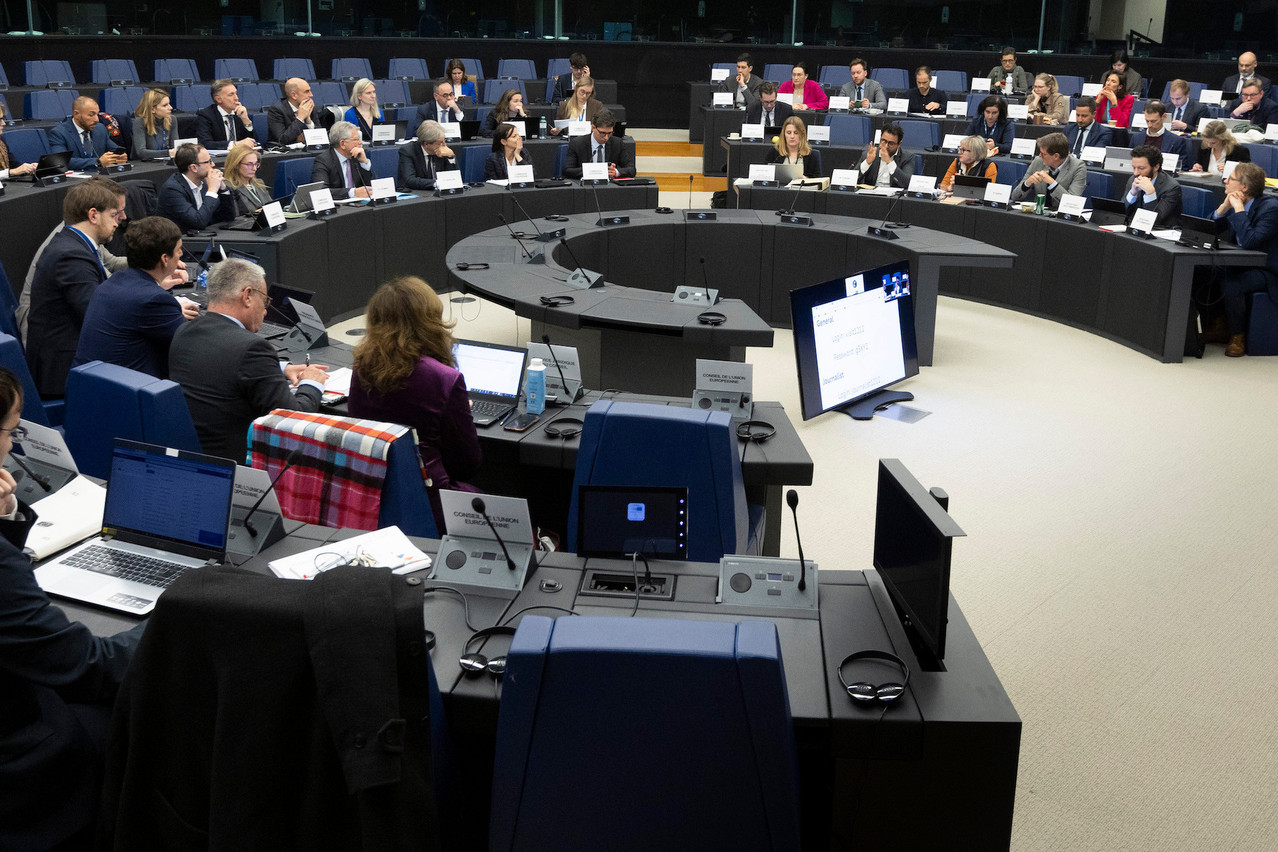New important steps in the implementation of the EU Fit for 55 package were taken last week. After an agreement on a “carbon tax” at its borders on Tuesday 13 December, the EU Council and Parliament agreed on a wide-ranging reform of the European carbon market during the night of Saturday 17 to Sunday 18 December.
At the heart of the negotiations was the more ambitious Emissions Trading System (ETS), which enshrines the ‘polluter pays’ principle. The scheme aims to reduce industrial emissions in the EU by putting a price on the greenhouse gas (GHG) emissions of electricity producers and energy-intensive industries (steel, cement, etc.). They must buy “rights to pollute” on the European Emissions Trading System (EU ETS), created in 2005.
Acceleration
The number of these allowances available on the market is limited, with an ever decreasing number over time in order to encourage the players concerned to make their energy transition. The new agreement provides for an acceleration of this process: emissions from the sectors covered by the EU ETS must now be reduced by 62% by 2030 compared to 2005 (43% previously). To achieve this target, there will be a one-off EU-wide reduction in allowances of 90m tonnes of CO2 equivalent in 2024 and 27m in 2026, combined with an annual allowance reduction of 4.3% from 2024-2027 and 4.4% from 2028-2030.
The EU ETS will also be extended to other sectors not previously covered: this is the case for emissions from maritime transport, intra-European air flights (for which the current free allocation will be abolished) and potentially municipal waste incineration plants from 2028 (with a possible derogation until 2030).
Abolition of free allowances
In addition, the agreement foresees the phasing out of free allowances from 2026 until they disappear in 2034. The abolition of what was a support in the face of competition from outside Europe has its counterpart: the (MACF), negotiated on Tuesday 13 December, will be gradually implemented from 2026 until 2034. This parallel development of the two processes will make it possible to avoid double protection for European industries and to remain within the bounds of WTO rules.
A new ETS II will also be introduced by 2027 for emissions from the road transport, buildings and manufacturing sectors. This ETS II could be delayed until 2028 to protect citizens if energy prices are exceptionally high.
A requirement was also added as to the use of national revenues from the auctioning of EU ETS allowances: they will have to be spent on climate-related activities, including the Social Climate Fund for the most vulnerable in the energy and transport sectors, which was also agreed on Sunday 18 December.
This story was first published in French on . It has been translated and edited for Delano.
